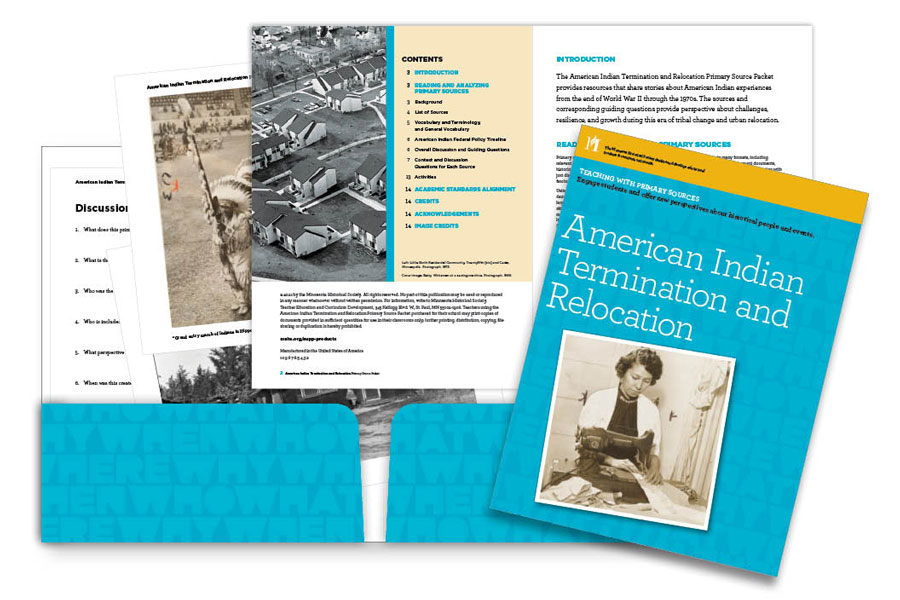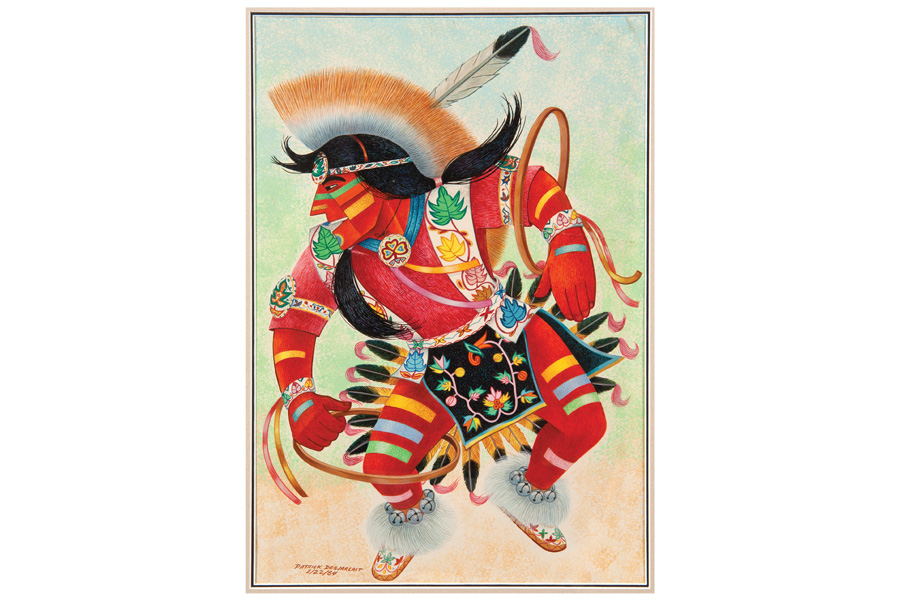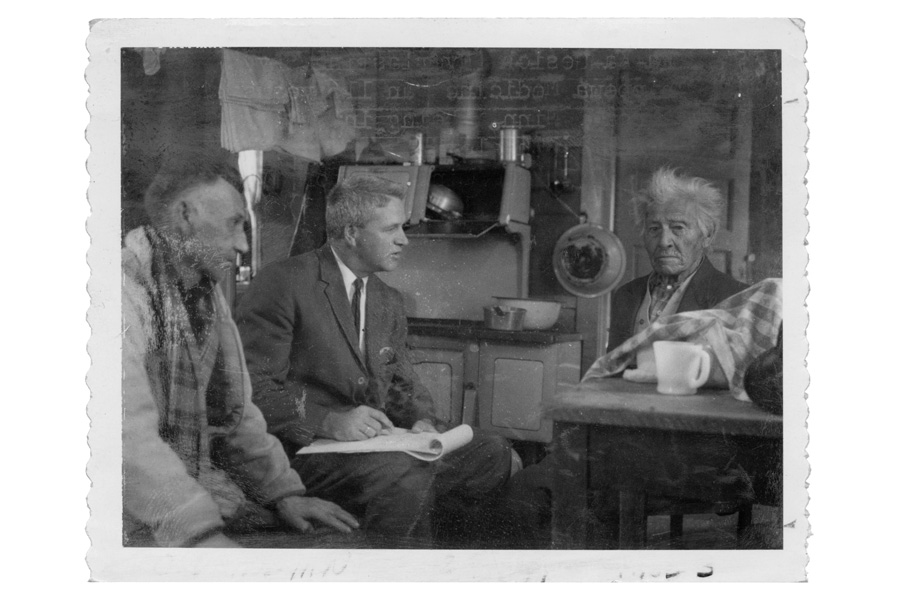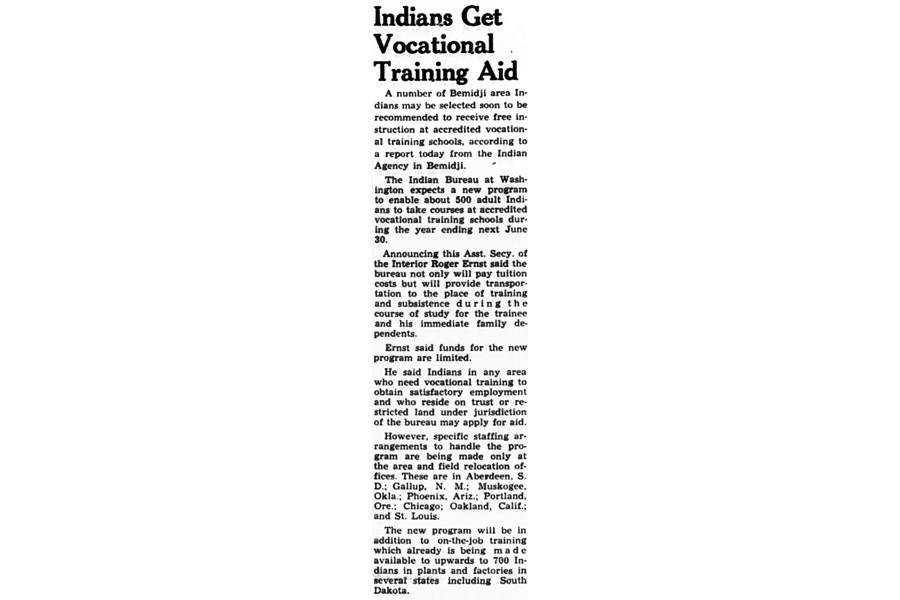
corporations foundations
Education Home
classroommaterials
Free Classroom Materials
classroomready
Classroom-Ready Resources
edonline
Online Resources
https://www.mncsse.org/
Minnesota Center for Social Studies Education (CSSE)
northernlights
Northern Lights
sponsorship-options
Forthcoming Third Edition
features
Features and Curriculum Components
resources
Additional Resources by Chapter
standards
2011 Standards
privacy
Interactive eBook Privacy Policy
historyday
History Day
about
About and Contact
students-and-parents
Students and Parents
theme-and-topics
Theme and Topics
contests-and-judging
Contests and Judging
prepare-competition
Prepare
school-contests
School Contests
regional-events
Regional Events
research-papers
Papers
podcasts
Podcasts
state-history-day
State History Day
national-event
National Event
judges
Judges
tedworkshops
Teacher Professional Development
supp-products
Supplemental Curriculum Products
native-american
Teaching Native American History and Culture
Field Trips
Field Trips
Membership
Teacher Membership
historypass
6th Grade MN History Pass
American Indian Termination and Relocation
- Education Home
- Free Classroom Materials
- Northern Lights
- History Day
- Teacher Professional Development
-
Supplemental Curriculum Products
- Dred and Harriet Scott Multimedia Curriculum Kit
- Ojibwe Shoulder Bag Activity Kit
- Primary Source Packet: American Indian Termination and Relocation
- Primary Source Packet: Data of the Progressive Era
- Primary Source Packet: Letters of the 19th Century
- Primary Source Packet: Mapping Community Change
- Primary Source Packet: Native Minnesota: Dakota & Ojibwe Homeland
- Primary Source Packet: Newspapers of the Vietnam War Era
- Primary Source Packet: Objects of the Fur Trade
- Primary Source Packet: Setting the Stage for Civil Rights
- Primary Source Packet: War Photographs 1861–2011
- Teaching Native American History and Culture
- Field Trips
- Teacher Membership
- 6th Grade MN History Pass
Primary Source Packet: American Indian Termination and Relocation

Use primary sources in your classroom to analyze American Indian experiences during mid-century tribal change and relocation.
Laws enacted throughout the 1950s and 1960s encouraged Native people to assimilate in European American society and ended tribal sovereignty and trusteeship of reservation land. This packet shares stories about Native American experiences in the mid-20th-century and provides perspective about challenges, resilience, and growth during this era of tribal change and urban relocation.
Cost: $20
OrderContents
- 16 primary sources including images, oral histories, artwork, and government documents.
- Discussion questions, context, guiding questions for each source.
Sources included:
- White Earth Ojibway residence. Photograph. 1946.
- Bureau of Indian Affairs memo. “Proposed Terminal Legislation for Indians of Southern Minnesota.” January 19, 1955.
- “She Left Reservation, But What of Future?: Indian comes to city for ‘opportunity’.” Minneapolis Sunday Tribune. May 6, 1956.
- “Indians Get Vocational Training Aid.” Bemidji Daily Pioneer. October 11, 1957.
- “Reservation Life and Job Indian Choice.” Bemidji Daily Pioneer. October 25, 1957.
- Ka-ka-gesick, Ojibway Medicine Man, being interviewed by Robert C. Wheeler of the Minnesota Historical Society. Photograph. 1963.
- “Chippewa Dancer.” Mixed media artwork by Patrick DesJarlait, 1964.
- “Sioux return to the land: City doesn’t satisfy Prior Lake band.” The Minneapolis Star. December 8, 1969.
- United States Census, 1970. Low-income Neighborhoods.
- United States Census, 1970. American Indian population by county.
- Grand entry march of Indians in Hippodrome at Minnesota State Fairgrounds. Photograph. October 22, 1972.
- Little Earth Residential Community, Minneapolis. Photograph. 1973.
- Shelley McIntire, Grand Portage Ojibwe photographer. Photograph. 1973.
- Oral History. Doug Sam. Recorded August 7, 1992.
- Oral History. Joseph Nayquonabe. Recorded August 25, 1992.
- Oral History. Ernest and Vernell Wabasha. Recorded July 11, 2006.


“Chippewa Dancer.” Mixed media artwork by Patrick DesJarlait, 1964.

Ka-ka-gesick, Ojibway Medicine Man, being interviewed by Robert C. Wheeler of the Minnesota Historical Society. Photograph. 1963.

“Indians Get Vocational Training Aid.” Bemidji Daily Pioneer. October 11, 1957.
Academic standards alignment
The American Indian Termination and Relocation Primary Source Packet is designed to engage your students and enrich their ability to read and analyze primary sources. Incorporating these sources, or adapting the questions and activities for other sources, into your teaching will help meet your curricular objectives and academic standards, whether they are content or skills related.
We have aligned this packet with state and national standards and benchmarks for grades 6–12. The links below outline the standards alignment for this packet.
- American Indian Termination and Relocation Common Core ELA standards (PDF)
- American Indian Termination and Relocation ELA standards (PDF)
- American Indian Termination and Relocation Minnesota Social Studies Standards (PDF)
- American Indian Termination and Relocation National Social Studies Standards and C3 Framework (PDF)
National standards
- National Curriculum Standards for Social Studies
- Common Core
- College, Career, and Civic Life Framework
Minnesota standards
- Minnesota K-12 Academic Standards in Social Studies
- Minnesota K-12 Academic Standards in English Language Arts
Related resources
- Minnesota Historical Society Oral Histories
- Native Voices: Native People’s Concept of Health and Wellness (The National Library of Medicine)
- Seven Council Fires
- Wabasha, Ernest Reginald (1929-2013) (MNopedia)
- 1970 Census of Population. Supplementary Reports, No. 87: Low-Income Neighborhoods, Minneapolis and St. Paul.
- 1970 Census of Population. Supplementary Reports, No. 104: Race of the Population by County.
- Sasha M. Suarez. Gakaabikaang: White Earth Ojibwe Women and the Creation of Indian Minneapolis in the Twentieth Century. (Dissertation, University of Minnesota, 2021).
Dakota language resources
- Beginning Dakota, MNHS
- Dakota language, Native American Community Board